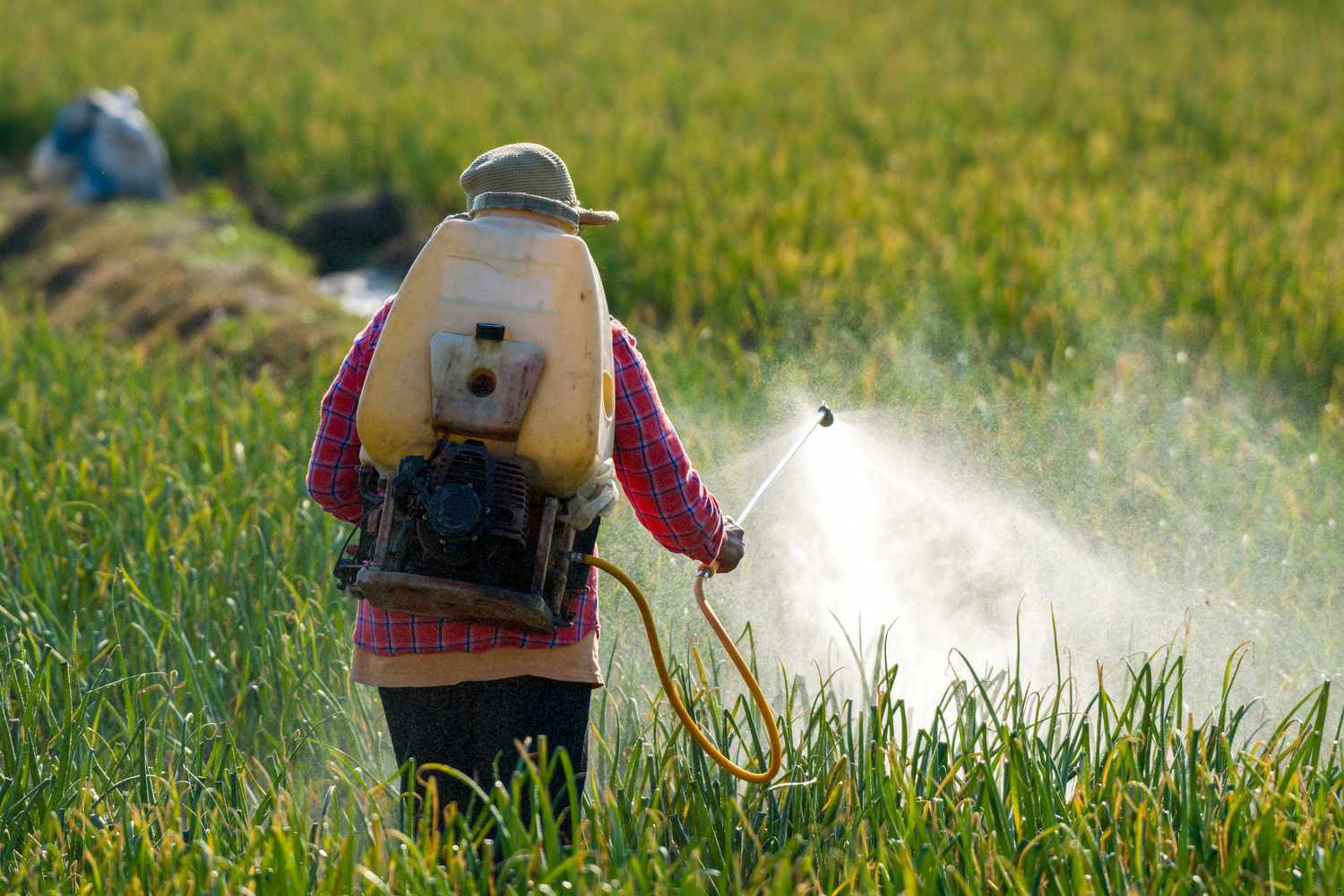The Rise of PET: How This Versatile Plastic is Driving the Green Revolution

As the world intensifies its efforts to combat environmental challenges, PET (Polyethylene Terephthalate) has emerged as a key player in the green revolution. Known for its recyclability, lightweight nature, and durability, PET is becoming the go-to material in industries seeking to reduce their environmental footprint. From packaging and textiles to innovative uses in construction and energy, PET is helping reshape sustainability strategies and driving the shift towards a circular economy.
What Makes PET Special?
PET is a type of plastic widely used in packaging, especially for beverages and food products, because of its strong barrier properties, safety, and transparency. Unlike other plastics that may degrade over time, PET retains its strength and functionality even after multiple recycling cycles. This makes it highly valuable in sustainability efforts, where reusing and recycling materials are crucial to reducing waste and conserving resources.
One of PET’s greatest advantages is its recyclability. It can be collected, sorted, and processed into new products without compromising quality, making it a perfect material for sustainable practices. Whether it’s being recycled into new containers, fibers for clothing, or even furniture, PET offers a second life for what would otherwise be discarded waste. Additionally, its lightweight nature reduces the energy required for transportation, further lowering its carbon footprint.
PET’s Role in Reducing Plastic Waste
The rise of PET is directly linked to global concerns over plastic waste. Single-use plastics, especially those that are non-recyclable, contribute significantly to landfills and ocean pollution. However, PET is different. When disposed of correctly, PET can be recycled and reused in a variety of applications, helping to reduce the amount of plastic waste that ends up in the environment.
Governments and industries around the world are increasingly focusing on recycling programs aimed at maximizing the reuse of PET. For example, in several countries, deposit return schemes incentivize consumers to recycle PET bottles by offering small financial returns. These programs not only encourage recycling but also ensure that PET bottles are effectively collected and processed.
Furthermore, PET is playing a pivotal role in reducing the need for virgin plastic production. By reprocessing existing PET into new products, manufacturers are able to lower the demand for new raw materials, which in turn reduces the environmental impact associated with plastic production, such as greenhouse gas emissions and resource extraction.
Innovation Beyond Packaging: PET in Unexpected Places
While PET is most commonly associated with packaging, its applications are expanding far beyond food and beverage containers. PET is increasingly being used in sectors like fashion, construction, and even automotive industries, where its durability and versatility are opening new doors for sustainable innovation.
In fashion, recycled PET is transformed into polyester fibers, which are used to make clothing, footwear, and accessories. Major brands are now producing garments made entirely from recycled PET bottles, highlighting how plastic waste can be repurposed into high-quality products. These fibers are not only durable but also reduce the reliance on petroleum-based materials, making them a more eco-friendly choice for the industry.
In construction, PET is being used as a material in green building projects, where its thermal insulation properties and resilience make it suitable for sustainable construction practices. PET-based materials are now being incorporated into everything from insulation panels to roofing materials, helping reduce energy consumption in buildings and promote more sustainable urban development.
The automotive industry is also exploring the use of PET in vehicle manufacturing. Recycled PET fibers are being used for car interiors, carpets, and seating, showcasing the material’s ability to contribute to a greener, more sustainable approach to transportation.
Driving the Circular Economy with PET
The concept of a circular economy—where materials are continuously reused and recycled—is gaining traction worldwide, and PET is at the heart of this shift. As a material that can be repeatedly recycled without significant degradation, PET exemplifies the principles of the circular economy. By transforming used PET into new products, industries can extend the lifecycle of plastic, reducing the need for virgin resources and minimizing waste.
Moreover, advancements in PET recycling technologies are making it easier to break down PET into its raw components, which can then be used to produce high-quality new PET. This closed-loop system is not only economically efficient but also crucial in reducing the environmental impact of plastic production and disposal.
The Future of PET in the Green Revolution
The versatility and sustainability of PET are positioning it as a critical material in the green revolution. With its ability to be recycled endlessly, its wide range of applications, and its role in reducing plastic waste, PET is setting a new standard for how plastics can contribute to a more sustainable future. As industries continue to innovate and develop new uses for recycled PET, its role in driving the circular economy will only expand.
The rise of PET is proof that with the right materials and technologies, the global push for sustainability can go hand-in-hand with innovation and economic growth. Whether it’s through creating eco-friendly packaging, reducing waste in fashion, or transforming construction practices, PET is leading the charge toward a more sustainable and resilient world.
